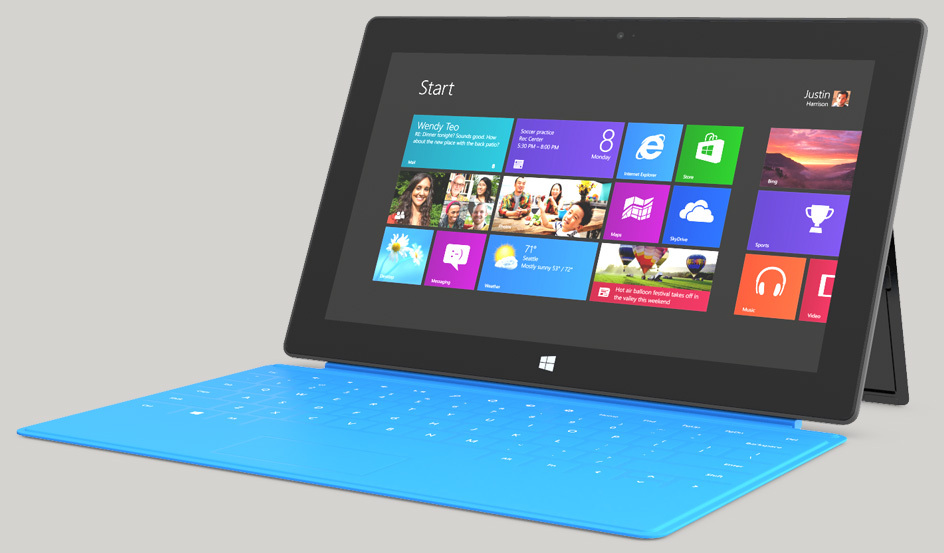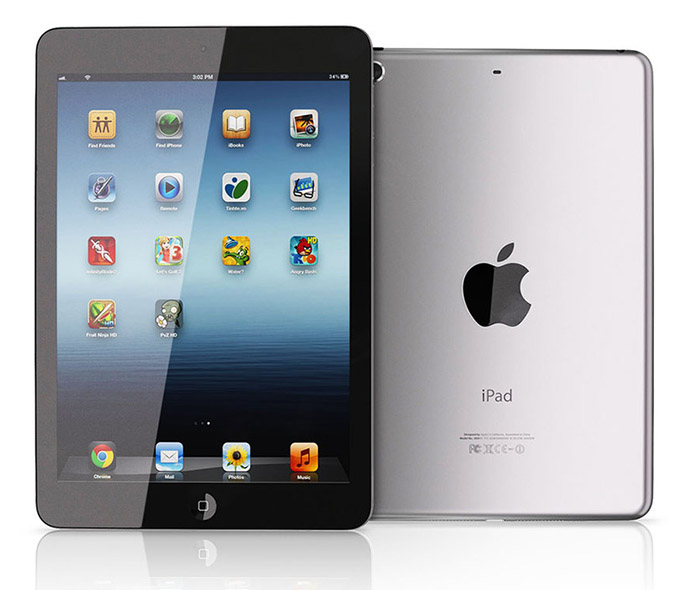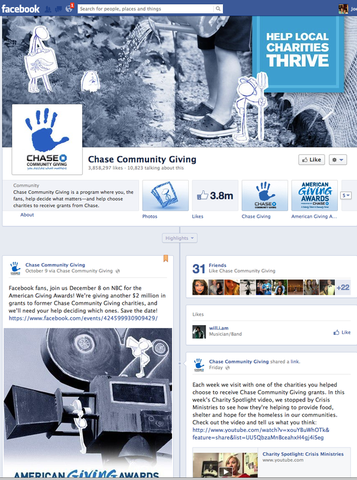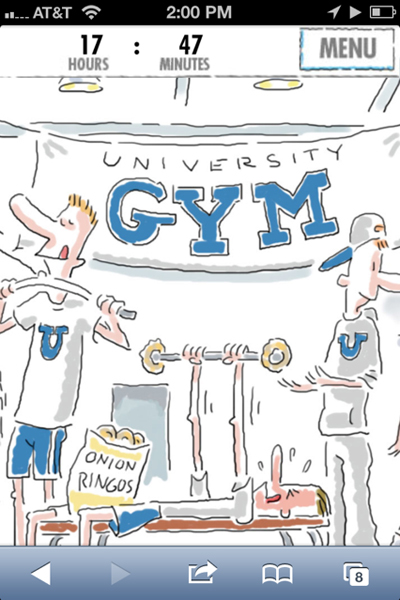An interesting column in Ad Age Digital outlines the lack of prominent media entities in the new Window's Surface tablet's app store. The biggest? Facebook. What's very strange about that is Window's search engine, Bing, is integrated into Facebook. The author of the column attributed this to the fact that developers didn't think the Surface is worth their time yet. We've all seen the tremendous improvement in advertising Windows put out in support of their new operating system, but will that truly get the Millennial generation back on the Windows bandwagon? I'm not sure.... A spokesperson for Windows comments in the column that the Windows app store launched with more apps than any other past app store has, and the inventory has doubled since October. Not bad. What's interesting is in the comments section on AdAge.com for this column is that quite a few people strongly disagreed with the point of view of this article. They argued it was way too soon to expect all the top names in media to have consumer-ready Surface apps. In fact, one even stressed that it took Facebook quite a while to develop an iPad-specific app after its launch.I see both sides of the table, but you would think if Facebook and Windows are already partnered over a Bing integration, wouldn't a native Surface app seem natural?App Developers Shun Microsoft's Surface
The announcement of the new iPad Mini was obviously exciting for digital geeks. Some were underwhelmed that no new shiny features were included, but it is the nature of the device that changes the mobile marketing game. Especially in regards to content creation and curation. While the actual features are the same as the traditional iPad, the fact that the device is smaller, and in turn, more mobile, means that the tablet experience is different. The Ad Age article outlines how tablets have always centered around a "laid-back" experience. That led to tablet-specific marketing messages surrounding magazine-style, full screen take overs. More feature-like content is expected because the user is in the mindset of settling in to consume content. However, on a phone or much more mobile device, the user's mindset is much different. It's about questions being answered as they occur. About being contextually relevant to what's going on. Whether that's the time of day, user's interests, seasonal, location-based, etc. What makes this even trickier is, Apple designed the iPad Mini to automatically render all apps and tablet-optimized websites to appear the same as on the traditional iPad. While on the surface that seems great, less work.... wrong. The layout, design, content, subject matter all may very well be different for the two different experiences: the laid-back, feet up tablet experience or the on-the-go mobile state of mind. While it's great to add another layer into the mobile mix, it's just another step that marketers have to think through. But on the flip side, that step is one more way to connect with consumers and build brands. Why Advertisers and Publishers Should Care That Apple's 'iPad Mini' Is More Mobile
It feels like almost every brand Facebook page I stumble onto, there's a tab or link to a contest or giveaway. It makes sense, and is a great way to connect with consumers and give them actual incentive to get involved. But a blog post for Ad Age's digitalnext blog looks at J.P. Morgan Chase's near disastrous consequences after a philanthropic digital effort went wrong. The concept was for fans to vote on which charities Chase would donate money to. But after claims of voter fraud and supposed Chase interference to ensure charity winners aligned with the brand's missions stirred plenty of controversy. The column is essentially a critique of the program and points out where Chase should have been more transparent with its fans. This is a perfect example of how our digital world is changing the game. With the ability to publish and gather feedback instantly thanks to digital and, in particular, mobile, brands are expected to prove validity and provide answers regularly and as issues come up. With the shift towards brands as publishers, there are new arenas that businesses need to understand the rules of if they want to play there. But at the end of the day, the basic principles are the same. A financial company like J.P. Morgan Chase should be extremely familiar with consumers expecting answers and validity. What they're not used to is that demand being instant and playing out on their owned media. Source: Chase Shows How Not to Manage an Online Charity Campaign
| | Red Bull's new campaign targeted to college students is rooted in mobile. While the campaign still leverages paid media (with smart buys for this target on Spotify), a major component is a mobile game. The game prompts the user to find Red Bull cans in classic college settings: a dorm room, gym, etc. After completing the four rounds, you can either play again or share a link on Facebook. The president of a mobile firm in Chicago (unassociated with Red Bull) commented that mobile is the ONLY medium that consumers, especially college-aged, are consuming 24/7. It's a very personal relationship between a 20 year old and his/her smartphone. Red Bull has put together a great campaign leveraging that relationship. What's so great about this is it's a perfect example of integration between paid advertising and content creation. College kids are getting entertainment, which is concrete value from the game. But those kids would never be provided that value if they didn't know about the game. That's where a great media strategy comes in. The Spotify ads encourage viewers to click to launch a mobile-optimized site to play the game.Beyond the outstanding integration between paid spots and brand content, their creative concept is damn good as well. The tagline, "Nobody ever wishes they slept more in college," resonates completely with the target audience. As a member of that audience, I can truly say that tagline makes the feel like Red Bull gets me. They get the college kid thing. And that's what good marketing does. Source: Red Bull bolsters brand awareness via mobile game |
In an editorial for Ad Age, Ian Schafer addresses the fact that in order to produce content that is truly relevant to consumers, the production model looks more like a newsroom than creative agency. Mobile is a huge force pushing towards this. In today's ad world, client-approvals have to happen so quickly to really leverage newsworthy content. Because mobile allows consumers to stay connected to the world wherever they are, good content that they truly are going to engage with is going to be timely and contextually relevant. He brings up a really great point that brands have invested so much into developing digital channels: social, micro-sites, apps, mobile sites.... the list goes on. Now we're entering the age of really using those channels to the best of their abilities and filling them with content that gives actual value to the consumer.I think he makes extremely valid points. Speaking as a consumer, everything rings true. If I'm going to read a brand's Tweet, it should make sense why the brand is saying that to me in that moment. I think what this really does is make the creative process even more limitless than it was, and forces agencies to adhere to even tighter deadlines to feed good content to consumers that over time actually does lead to a positive attitude change towards the brand. Why It's Time Your Brand Invested in a Creative Newsroom | Advertising Age
|





 RSS Feed
RSS Feed